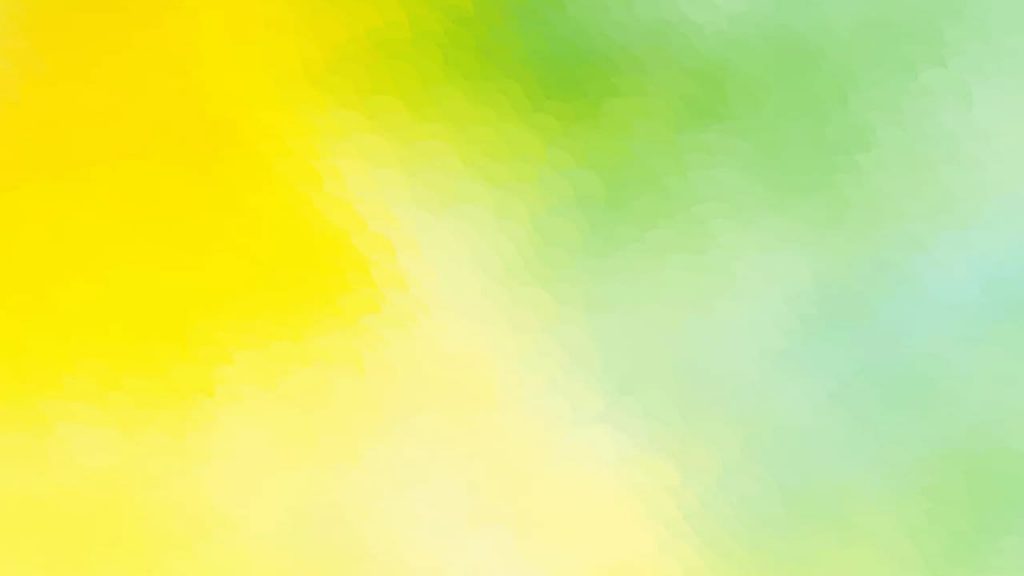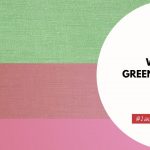There are many different colors in the world, and each one has its own unique meaning and set of characteristics.
In this article, we will focus specifically on what yellow and green make. We will also explore other topics such as tertiary colors, the RGB vs RYB color model, and chartreuse and yellow-green.
Each of these topics is important to understand if you want to create accurate and beautiful color palettes for your designs!
What Does Yellow and Green Make?

Yellow and green paint, when combined, will produce a color known as yellow-green, which is a tertiary hue. It resembles a greener version which is sometimes referred to as chartreuse. Adding more green or yellow to this hue results in several different versions of yellow-green.
Yellow-Green: Tertiary Color
A tertiary color is made by combining a primary color with a secondary color that lies to its side on the color wheel. Because they’re hyphenated versions of the two colors they’re combined with, these color names are quite literal.
When you work with pigments, not all primary hues may be combined in this manner to make a tertiary hue. Mixing red and green, for example, or orange and blue would result in brown since you’d be mixing all three primary colors together.
Yellow-Green: Different Types
Yellow-green is a bright, cheerful color that may be made darker or lighter to suit your needs. Like all hues, yellow-green can be modified to make it lighter or darker. Here are some ideas for mixing multiple shades of yellow-green.
1. Making it Lighter
Adding more yellow to the mix might make the green seem even brighter. The addition of white produces a similar effect. White and yellow, on the other hand, are so light that you’ll need a significant quantity of them in order to observe a major difference.
2. Making it Darker
If you need to lighten or darken a shade, use cool or warm yellow tones instead of bright green ones. Adding extra green might make the color look darker. Black may also be used, but only in moderate quantities. Otherwise, it may easily outweigh the other hues.
Yellow-Green: What is its Meaning?
Yellow-green has a variety of meanings, depending on who you ask. Some individuals believe it gives those who view it a sensation of freshness. It’s frequently seen as relaxing.
Many individuals like seeing a dash of yellow-green in their art, fashion, and home decorating. Some people, on the other hand, see yellow-green as a symptom of sickness, timidity, and jealousy.
So bear these connotations in mind while using this tertiary hue in your creative endeavors.
Yellow and Green: How to Create Them?
Yes, you can combine hues to produce both yellow and green. Because green is a secondary color, it may be readily combined with paints by mixing in equal amounts of blue and yellow.
You must, however, examine the CMYK color model, which uses subtractive mixing to produce red and blue. It employs cyan, magenta, and yellow as fundamental hues in the same way printer ink does. You may combine different colors using the color wheel to make red and blue, but yellow is still a primary color. So, what can you do with yellow paint?
In the world of interior decorating, however, red and green may be used to generate yellow. That doesn’t work for painting and other hands-on art forms, though. As a result, the only way to make genuine yellow out of nothing is by adding a lot of white to orange. But even then, it won’t give you the brilliant vivid color that you see on the color wheel.
Green: How can it be Tricky?
Green is a straightforward color to combine, but it rarely turns out as expected. Green appears lighter or darker than we expect in most cases, making it more difficult to create a perfect yellow-green.
It might be difficult to combine green since finding pure blue and yellow paint is tough. The majority of today’s paint colors are more precise, such as ultramarine blue or cadmium yellow, rather than simply yellow or blue. These hues sometimes contain traces of other hues already included in them, including red.
If you’re using a blue that has traces of red in it, your green may come out more brown than green. That’s because mixing all three primary colors together often results in a murky brown hue.
To get the greatest possible green, therefore, you’ll need paint that is entirely pure blue and yellow without any other hues mixed in.
Color Model: RYB vs RGB
The color model that we all know and are familiar with is RYB (or red, yellow, and blue). It’s the color wheel we studied in elementary art classes. The primary colors are red, yellow, and blue, with all other hues being combinations of those. RYB is primarily used to combine paint and other physical art media.
However, lights are most often produced using RGB as the additive color model. The primary colors are red, green, and blue, and all color mixes are created from there. Both of these wheels work correctly; the one you focus on depends on the medium you’re working with.
Yellow-Green: Is it Chartreuse?
Yes, because chartreuse is a shade of yellow-green, it’s also the same hue. Chartreuse is made up of equal parts yellow and green, which is the same as yellow-green. There are variants of chartreuse, but they’re all variants on this theme: a yellow and green mixture.
Other yellow-green colors include lime, pear, and olive. These hues differ from chartreuse because they contain a little more yellow or green than chartreuse, making them not a half-and-half mix.
Yellow-Green: Designing
Yellow and green are difficult to understand, especially when their brighter tints are considered. As a result, they’re not often utilized in designs except for a dash of color here and there. Yellow, green, and chartreuse can all be combined with neutral hues such as gray, white, or black.
Earth tones, such as brown and yellow, complement the hue well. It also works well with shades of blue. Yellow may be paired with darker hues equally as effectively as green, but it looks excellent alongside other warm colors such as crimson, pink, and orange when applied to artwork or other hands-on art activities.
Yellow, green, and yellow-green are all fantastic colors to work with in design, and they have several deeper meanings associated with them. So, think carefully about them before utilizing them in your designs – whether it’s through art or furnishings.
Conclusion
In the end, we conclude that what do yellow and green make? The answer to this question is that yellow and green make chartreuse. Furthermore, we looked at what tertiary colors are and how they are named.
Plus, we understood what different meanings are associated with the color. We also learned how you can add white, black, green, and yellow to change the contrast of the color. And, we also got the answer to why green can be a tricky color to make.
The reason lies in the purity of yellow and blue and traces of red in the blue color. Finally, we also looked into what designing with this color looks like and what other colors work well with it.
FAQs
Does Yellow-Green Have a Meaning?
Yes, yellow-green can have different meanings depending on the context in which it is used. For example, in nature, green often represents growth, life, and fertility. Yellow-green can also represent renewal or hope.
In design, yellow-green may be used to create a cheerful or refreshing look. It can also be used to suggest nature or environmentalism. Ultimately, the meaning of yellow-green will depend on how it is used and what other colors it is paired with.
What Color Do Yellow and Green Make with Paint?
Yellow and green make chartreuse when mixed together in equal parts. Chartreuse is a shade of yellow-green that is named after a type of French liqueur. It is typically made with yellow and green food coloring or by mixing yellow and green paint.
What Colors Go Well With Yellow-Green?
Yellow-green works well with other colors in the same family such as lime, olive, and pear. It also goes well with earth tones, shades of blue, and warm colors like crimson, pink, and orange.
When used in a design, it is often paired with neutral hues like gray, white, or black. Ultimately, the best colors to pair with yellow-green will depend on the desired effect.
Additional Contents



